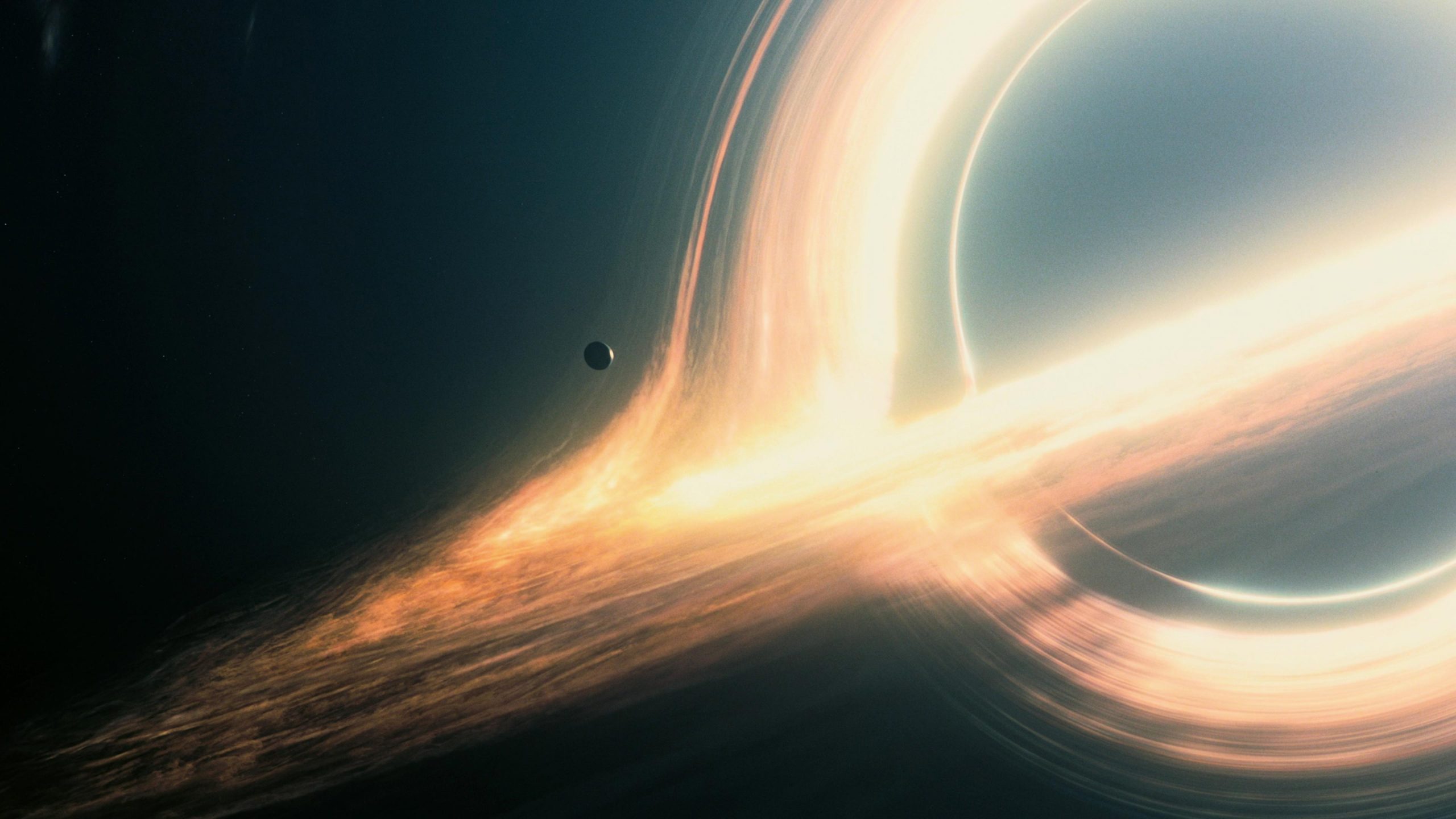At great voids, area is so distorted that also light rays might contour around them numerous times. This sensation might allow us to see numerous variations of the very same point. While this has actually been recognized for years, just currently do we have a specific, mathematical expression, many thanks to Albert Sneppen, trainee at the Niels Bohr Institute. The outcome, which also is better in sensible great voids, has actually simply been released in the journal Scientific Records
You have actually possibly come across great voids– the splendid swellings of gravity where not also light can leave. You might likewise have actually listened to that area itself as well as also time act strangely near great voids; area is distorted.
At a great void, area contours a lot that light rays are dispersed, as well as extremely close-by light can be dispersed a lot that it takes a trip numerous times around the great void. Therefore, when we observe a far-off history galaxy (or a few other celestial object), we might be fortunate to see the very same picture of the galaxy numerous times, albeit increasingly more altered.
Galaxies in numerous variations
The system is revealed on the number listed below: A far-off galaxy beams in all instructions– a few of its light resembles the great void as well as is gently dispersed; some light comes also more detailed as well as circumvolves the opening a solitary time prior to getting away to us, and more. Looking near the great void, we see increasingly more variations of the very same galaxy, the closer to the side of the opening we are looking.
Just how much closer to the great void do you need to look from one photo to see the following photo? The outcome has actually been recognized for over 40 years, as well as is some 500 times (for the mathematics enthusiasts, it is much more properly the “rapid feature of 2 pi,” created e2π).
Computing this is so challenging that, up until lately, we had actually not yet established a mathematical as well as physical instinct regarding why it occurs to be this precise variable. However making use of some creative, mathematical methods, master’s trainee Albert Sneppen from the Planetary Dawn Facility– a fundamental proving ground under both the Niels Bohr Institute as well as DTU Room– has actually currently been successful in showing why.
” There is something wonderfully stunning in currently recognizing why the photos duplicate themselves in such a stylish means. In addition to that, it offers brand-new possibilities to evaluate our understanding of gravity as well as great voids,” Albert Sneppen clears up.
Verifying something mathematically is not just pleasing by itself; certainly, it brings us closer to an understanding of this splendid sensation. The variable “500” complies with straight from exactly how great voids as well as gravity job, so the repeatings of the photos currently end up being a means to take a look at as well as evaluate gravity.
Spinning great voids
As a totally brand-new attribute, Sneppen’s technique can likewise be generalised to use not just to “insignificant” great voids, yet likewise to great voids that turn. Which, actually, they all do.
” It ends up that when the it turns truly quick, you no more need to obtain closer to the great void by an aspect 500, yet considerably much less. Actually, each photo is currently just 50, or 5, and even to simply 2 times closer to the side of the great void,” describes Albert Sneppen.
Needing to look 500 times closer to the great void for each and every brand-new photo, indicates that the photos are rapidly “pressed” right into one annular photo, as seen in the number on the right. In technique, the several photos will certainly be tough to observe. However when great voids turn, there is even more area for the “added” photos, so we can want to verify the concept observationally in a not-too-distant future. By doing this, we can find out about not simply great voids, yet likewise the galaxies behind them:
The traveling time of the light rises, the even more times it needs to go around the great void, so the photos end up being significantly “postponed.” If, as an example, a celebrity takes off as a supernova in a history galaxy, one would certainly have the ability to see this surge time and again.
Referral: “Different representations around the photon ball of a great void” by Albert Snepppen, 9 July 2021, Scientific Records
DOI: 10.1038/ s41598-021-93595- w
